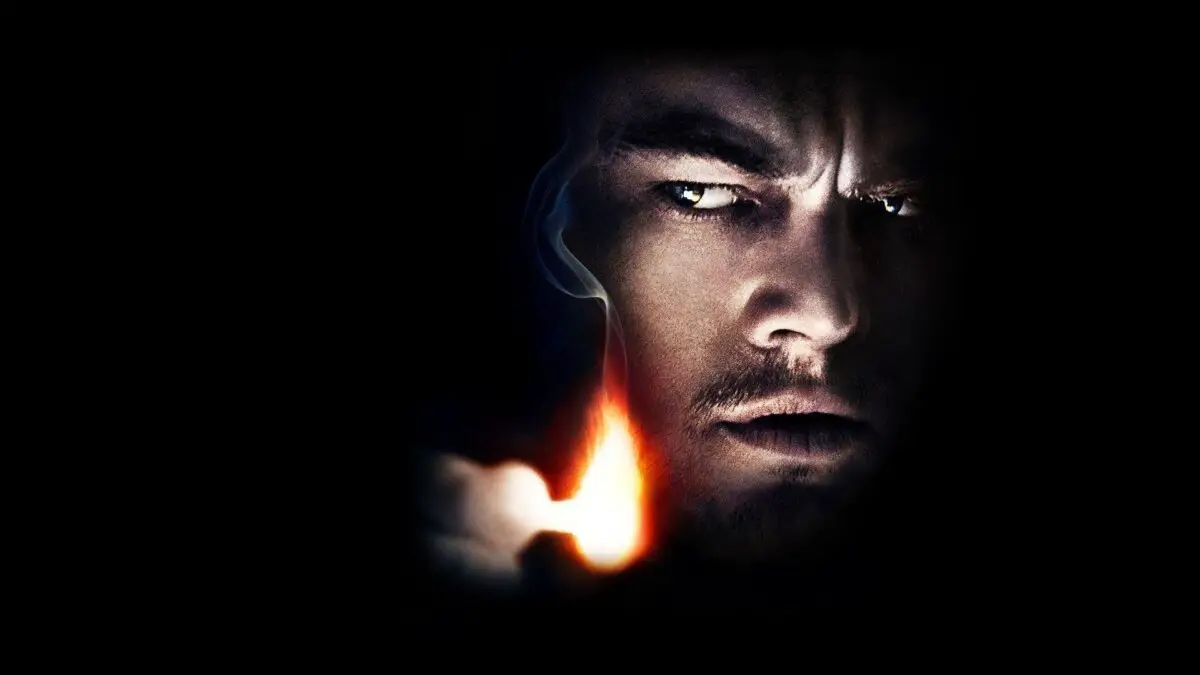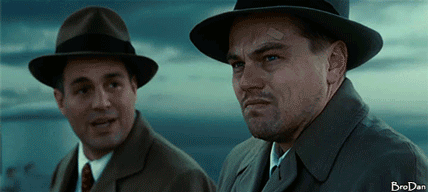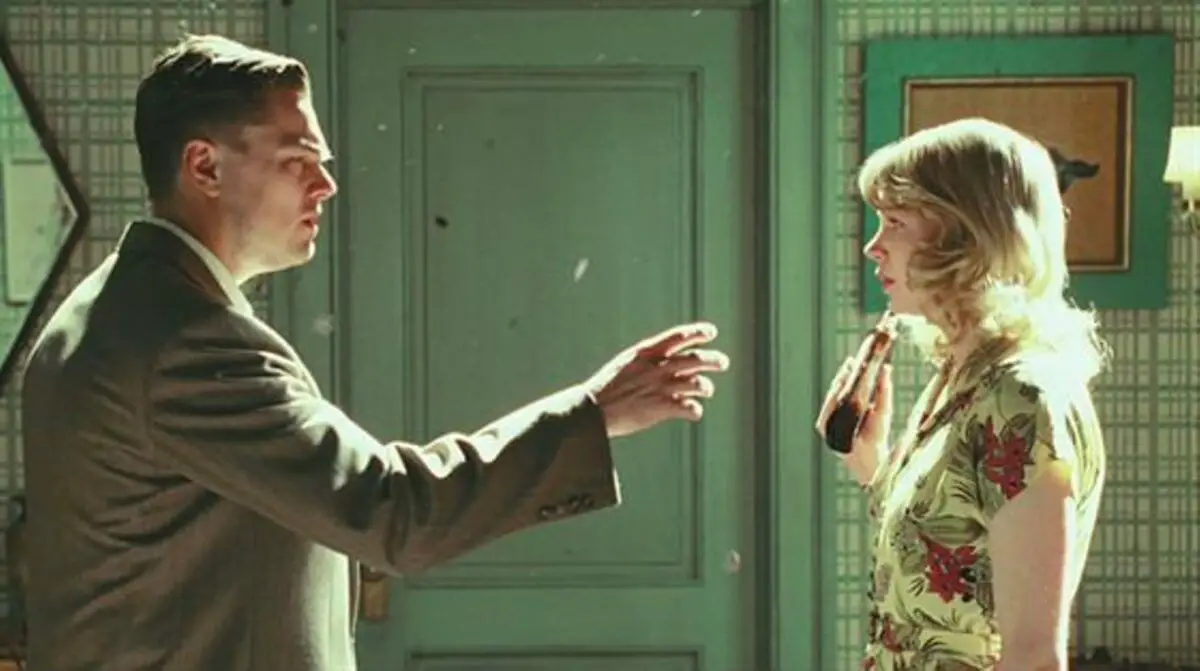 Shutter Island (2010) directed by Martin Scorsese is one of those films that needs to be watched two or three times, but even additional views will not guarantee a complete understanding of what is happening.
Shutter Island (2010) directed by Martin Scorsese is one of those films that needs to be watched two or three times, but even additional views will not guarantee a complete understanding of what is happening.
Its famous ending completely changes the meaning of what is shown. Its almost imperceptible details make one doubt the authenticity of what he saw, and the plot, thought out to the smallest details, simply does not fit in the head.
What is the meaning of the creators in the Shutter Island? Is he there at all, or is it a well-designed game to get viewers to discuss, argue, and revisit him?
The meaning of the plot of Shutter Island

More than 10 years have passed since the release of the famous thriller. To appreciate the transience of time, let us recall that Leonardo DiCaprio has already managed to get his long-awaited Oscar for playing in “The Survivor”. However, the controversy over whether the protagonist Teddy Daniels was mentally ill or was actually drugged continues to this day.
To answer the main question of the film and finally reveal its message, let’s turn directly to the plot. The Island of the Damned action resembles a double-bottom box. First, we watch the story of a federal marshal who arrives on the island to investigate the disappearance of a patient in a mental institution. With a detailed immersion in the plot, we understand that no investigation is being conducted, and the marshal is a real patient of the same hospital, who is so mired in his hallucinations that he considers himself not a murderer, but a servant of the law.
This development of events, as suggested by Martin Scorsese, is simply confusing, precisely because he said that people will be forced to go to the cinema twice, because even before the finale, before we begin to suspect that something was wrong, the plot of “The Island” begins to throw in curious details that you notice only after realizing the main plot twist.
If you watch Shutter Island very carefully, then from the very first minutes you can replace, if not the illness of the protagonist, then at least minor oddities that will not allow the story of the investigation to be taken at face value.
But if everything is so simple, then why did the director expect that people who watched “The Island” would go to it again? The fact is that no matter how many tips the creators leave for us, we prefer to ignore them or not notice them at all. Even now, so many years after the release of the film, on thematic forums, one can find the assumption that a woman drinking from an invisible glass during interrogation is such a blooper, and not a deep metaphor.

But why do we prefer not to notice such strange details for the plot? It’s all about an unreliable storyteller . In literature and cinema, there is a so-called unspoken rule, following which everything that the protagonist talks about and shows is pure truth.
The meaning of the film Shutter Island

An untrustworthy storyteller is a genre in which the protagonist, on purpose or not, tells an unreliable or far from the truth story. And since we are used to associating ourselves with him, then we perceive what he said at face value, doubting only when there are good reasons for it. The moment with a non-existent glass of water is shown from the perspective of the main character Teddy, and since he prefers to ignore the water, because it took the life of his children, the woman drinks emptiness.
Precisely because Teddy is a classic unreliable storyteller, he prefers to ignore the most obvious things that we ignore with him.
For example, his terrible fear of water, which any person can have, but after flashbacks with the death of children takes on a deeper meaning.
It is strange that he only gets to know his partner upon arrival on the island, but his “partner”, having served for more than four years as a marshal, can barely cope with the holster. It is curious that during this awkward scene, Teddy nevertheless paid attention to this, but did not attach any importance, just like we did.

While walking around the hospital campus, we can observe the most obvious clues to Teddy’s madness – the same patients as he wave to him, and the orderlies and doctors are clearly laughing at him. Well, while talking about Dr. Sheen, the nurse now and then casts a glance at Teddy’s partner, Chuck, who is the very same Dr. Sheen.
Upon arrival on the island, Chuck calls Teddy a “legendary man”, which carries a literal meaning, because Marshal Teddy Daniels simply does not exist. The non-standard behavior of the guards is also striking, which in Teddy’s absence does not even try to look for the escaped Rachel Solando, but behaves tensely and a little rudely near him.
The main character is desperately looking for a certain Andrew Leddis, although almost everything indicates that he is Andrew. At the very beginning of their conversation, the mentally ill George Noyce calls Teddy Laddis, and the simple play of letters Edward Daniels = Andrew Laeddis brings it to life.

The similarities between Andrew and Teddy are noticeable externally. Both characters have a scar. The scene at the beginning of the film shows Teddy’s scar in the mirror image on the right, after which he talks about Andrew, describing his terrible scar from his right temple to his left cheek. This similarity is simply explained – Teddy took his appearance and distorted it beyond recognition, inventing the image of a man who, in his opinion, could really set his wife on fire.
The similarity to their alter ego is confirmed not only by the presence of a scar, but also by the fact that they are the only characters in the film who use ordinary matches.
Shutter Island (2010) Ending Explained + Analysis – Video Review
Finally Ending Explained Shutter Island

Why regular matches? In addition to the fact that they serve as a symbol of the unity of Teddy and Andrew, they are also a conduit for his hallucinations. Since he could not come to terms with the loss of his wife and children, he crossed out the water (remember the moment with the glass) from his life. Water was replaced by fire and light, it was they who began to accompany the hero in the moments of his strongest hallucinations.
For example, during each appearance of Teddy’s wife Dolores, her image seems to be highlighted from the inside. Pay attention to this the next time you view it. The same can be said about fire, because it appears at the time of the demonstration of the terrible Andrew Leddis, as well as during the conversation between Teddy and Rachel Solando in the cave.

The same thing happens during a conversation with George Noyce, who, before the appearance of a lighted match, behaves almost normally, as for a mentally ill person, and tells Teddy that he is the same patient as himself. But as soon as the match lights up, George begins to indulge all of Teddy’s guesses that inhuman experiments are being carried out on people at the lighthouse. He seems weak and intimidated, but the fact is that the second part of the conversation takes place exclusively in Teddy’s mind.
Fire is the complete opposite of water. This is why Teddy is so keen on him. He sees in him salvation from what happened to him, his wife and children.
Teddy is really crazy. The whole film, his entire environment, albeit not directly, but hints to him about it, but he prefers not to notice these details just like we do. Well, we, in turn, not noticing the obvious, invent theories about even more hidden plans of the hospital workers, drugs or the triple day.
During the final twist, the film makes us feel as crazy as Teddy, because even after collecting all the pieces of the puzzle, we still refuse to believe in the obvious, inventing the most ridiculous and more sophisticated explanations of what is happening.
Well, the essence of the ending is actually simple. In the end, Andrew recovers, but wanting to get rid of the burden of loss and suffering, he again pretends to be sick, so that he can finally be sent to a lobotomy.







